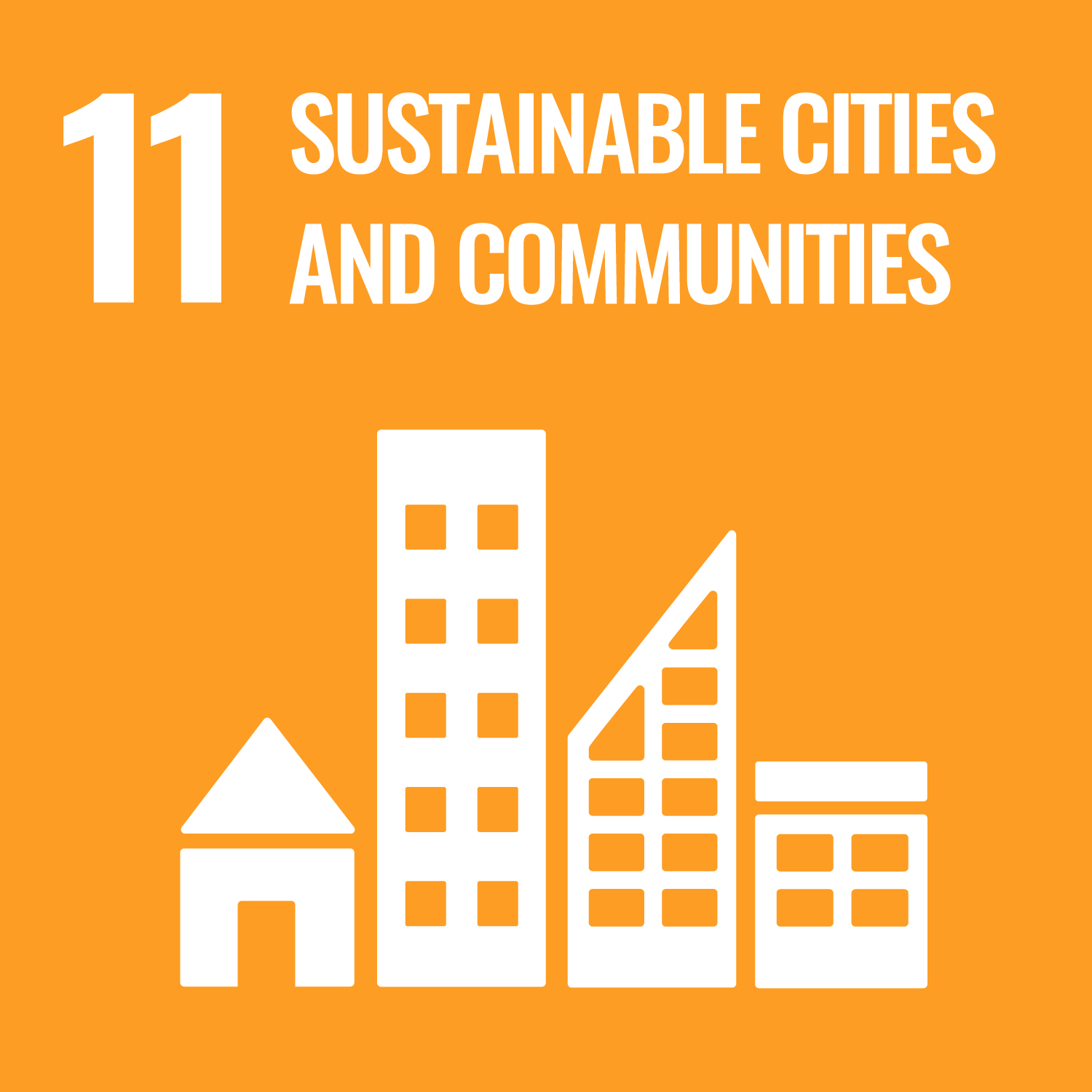Geotechnical Engineering 2 is a class designed to equip students with appropriate planning, design, construction, and management
methods for land use and construction against natural hazards such as earthquakes, floods, and landslides. The class focuses
on the mechanical properties of the ground, geological factors, seismic effects, and hydrological factors to develop the ability
to evaluate ground stability and contribute to techniques and strategies to minimize disaster risks. The course also develops
practical skills in utilizing the latest technology and software tools for geotechnical disaster prevention and applying them
to real projects.
The primary objective of this class is to provide students with an understanding of geotechnical understanding and knowledge
of disaster risk management, and to learn in depth about sustainable urban development and safe building design. Students
will acquire geotechnical expertise and skills to play a key role in urban planning, construction, and disaster management,
and to develop their ability to contribute to the creation of safe and sustainable geotechnical and social systems.
- Understand the characteristics of ground:
Understand the physical properties, mechanical behavior, and sources of variation of the ground and be able to apply and explain them with respect to different ground types. - Mastery of risk assessment and prevention techniques for geotechnical hazards:
Understand the factors that cause ground disasters such as earthquakes, floods, landslides, and river flooding, and be able to assess their risks. - Acquire geotechnical engineering design and analytical techniques:
Understand the geotechnical engineering design process and be able to understand and explain the techniques associated with geotechnical investigation, foundation design, construction supervision, and monitoring. - Develop sustainable geotechnical disaster prevention solutions:Understand and explain techniques for developing sustainable geotechnical disaster prevention solutions, taking into account geotechnical engineering principles and environmental impacts.
| Midterm examination | Endterm examination | Total. | |
|---|---|---|---|
| 1. | 10% | 10% | 20% |
| 2. | 10% | 10% | 20% |
| 3. | 10% | 10% | 20% |
| 4. | 20% | 20% | 40% |
| Total. | 50% | 50% | - |
Credit will be granted on the basis of an average score of 60 points or higher on the mid-term examination (out of 100 points)
and the final examination (out of 100 points).
| Class schedule | HW assignments (Including preparation and review of the class.) | Amount of Time Required | |
|---|---|---|---|
| 1. | Review of Geotechnical Engineering 1: Explain the composition, classification and properties of soils, which are the basic properties of soils. Explain the composition, classification and properties of soils. |
Review of geotechnical engineering 1 | 180minutes |
| 2. | Earth Pressure (1): The concept of Rankine earth pressure will be explained. Earth Pressure (2): To explain the concept of Coulomb earth pressure. Earth Pressure (3): To explain the concept of stability analysis of retaining walls. |
Issues related to earth pressure | 180minutes |
| 3. | Stresses in Ground (1): This section describes the changes in stresses in the ground when concentrated loads are applied. Stresses in Ground (2): Explanation of changes in stresses in the ground when embankments, rectangular loads, etc. are applied. |
Issues related to stresses in ground | 180minutes |
| 4. | Bearing Capacity of Ground (1): Types of foundation structures and bearing capacity of continuous footings, which are representative of shallow foundations, will be explained.Bearing Capacity of Ground (2): Explain bearing capacity of piles, representative of deep foundations, statics bearing capacity formula and bearing capacity of group piles. |
Issues related to bearing capacity of ground | 180minutes |
| 5. | Ground Improvement Technology: Methods and materials of ground improvement, piling method, ground improvement materials, vibration method, design and construction of ground improvement |
Issues related to ground Improvement technology | 180minutes |
| 6. | Slope Stability (1): Slope hazards will be explained and the concept of slope stability analysis will be explained. Slope Stability (2): Stability analysis assuming linear slip is explained. Slope Stability (3): Stability analysis assuming circular slip is explained. |
Issues related to slope stability | 180minutes |
| 7. | Types of tunnels: Explanation of ground investigation and tunnel construction methods. |
Issues related to tunnels | 180minutes |
| 8. | Mid-term examinations and summary up to this point | Preparation for examinations related to the contents of the 1st through 7th sessions | 250minutes |
| 9. | Basics of Geotechnical Disaster Prevention: This lecture will provide an overview of geotechnical disaster prevention, the relationship between natural disasters such as earthquakes and floods and the ground, and the evaluation of ground characteristics and risks. Properties of Ground: Types and properties of ground, mechanical properties of soil, and geological investigation and evaluation methods of ground are explained. Interaction Between Earthquakes and Ground: Causes and mechanisms of earthquakes, effects of earthquakes on the ground, and characteristics and measurement of earthquake ground motion will be explained. |
Issues Related to ground disaster prevention | 180minutes |
| 10. | Basic Principles of Geotechnical Engineering: Basic concepts of geotechnical engineering, ground stability and earthquake resistance, foundation construction and ground improvement techniques will be explained. Ground Improvement Technology: Methods and materials of ground improvement, piling method, ground improvement materials, vibration method, etc., and design and construction of ground improvement are explained. Geotechnical Modeling and Analysis: Numerical modeling of ground, analysis of ground using finite element method, and basics of ground stress analysis are explained. |
Issues related to basic principles of geotechnical engineering | 180minutes |
| 11. | Liquefaction in the ground: Definition and mechanism of liquefaction, liquefaction hazards, and prediction and prevention of liquefaction will be explained. Practical and Regulatory Approaches to Geotechnical Disaster Prevention: Laws and regulations on geotechnical disaster prevention, practical approaches to geotechnical disaster prevention, and examples of geotechnical disaster prevention projects will be explained. Monitoring in Geotechnical Disaster Prevention: Purpose and methods of ground monitoring, data analysis of ground monitoring, and real-time monitoring techniques will be explained. |
Issues related to liquefaction in the ground | 180minutes |
| 12. | International Examples of Geotechnical Disaster Prevention: This lecture will provide examples of international geotechnical disaster prevention projects, examples of countermeasures in earthquake-prone countries, and international cooperation in geotechnical disaster prevention. Future Prospects for Geotechnical Disaster Mitigation: Evolution of geotechnical disaster prevention technologies, research topics of new geotechnical disaster prevention technologies, and sustainable approaches to geotechnical disaster prevention will be explained. |
Issues related to future prospects for geotechnical disaster prevention | 180minutes |
| 13. | Final examinations and summary of the year so far | Preparation for examinations related to the contents of the 9th to 12th sessions | 250minutes |
| 14. | Summary of Geotechnical Engineering 2 | Comprehensive issues in Geotechnical Engineering 2 | 180minutes |
| Total. | - | - | 2660minutes |
| ways of feedback | specific contents about "Other" |
|---|---|
| 授業内と授業外でフィードバックを行います。 |
- Questions may be asked in class or outside of class (in person, at ScombZ, or by e-mail).
- Course that cultivates a basic problem-solving skills
- Course that cultivates an ability for utilizing knowledge
| Work experience | Work experience and relevance to the course content if applicable |
|---|---|
| N/A | 該当しない |





- 9.INDUSTRY, INNOVATION AND INFRASTRUCTURE
- 11.SUSTAINABLE CITIES AND COMMUNITIES
- 12.RESPONSIBLE CONSUMPTION & PRODUCTION
- 13.CLIMATE ACTION
- 15.LIFE ON LAND
Last modified : Sat Mar 08 04:35:42 JST 2025
